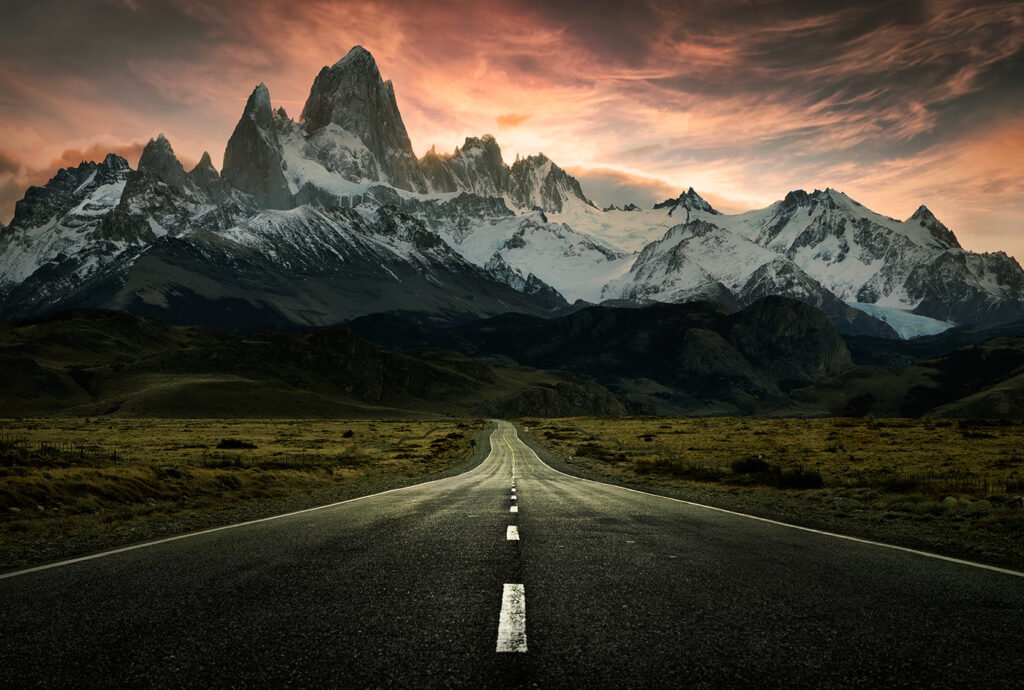Sep 2, 2024
Best Tips for Editing Landscapes
Editing landscapes can transform a good photo into a breathtaking masterpiece. Whether you’re a seasoned photographer or a beginner, knowing the best tips for editing landscapes can make a significant difference in your final image. These tips will help you enhance your photos by improving color, contrast, and composition, resulting in stunning landscape shots.
Start with a Strong Base
Choose the Right Software
To apply the best tips for editing landscapes effectively, select the right editing software. Popular choices include Adobe Lightroom, Photoshop, and various mobile apps. Each tool offers powerful features for enhancing landscape photos, allowing for precise adjustments and creative edits.
Use High-Resolution Images
For the best results, start with high-resolution images. Higher resolution provides more detail and flexibility during editing, allowing you to make adjustments without sacrificing quality. Always shoot in RAW format if possible, as it retains more information and provides better editing capabilities.

Enhance Color and Contrast
Adjust White Balance
One of the first tips for editing landscapes is to adjust the white balance. This adjustment corrects color casts and ensures that the colors in your photo appear natural. Use the white balance tool in your editing software to match the scene’s lighting conditions, whether it’s a sunny day or a cloudy sky.
Boost Contrast and Saturation
Next, enhance the contrast and saturation to make your landscape photo more vibrant. Increase the contrast to add depth and dimension, making the details stand out. Adjust the saturation to make colors more vivid, but be cautious not to overdo it, as it can lead to unnatural-looking images.
Optimize Exposure and Lighting
Correct Exposure Levels
Proper exposure is crucial for editing landscapes. Use the exposure adjustment tool to correct any underexposed or overexposed areas in your photo. Aim for a balanced exposure that highlights both the shadows and highlights, ensuring that details are visible throughout the image.
Enhance Lighting with Graduated Filters
To further optimize lighting, use graduated filters to enhance different parts of your landscape photo. These filters allow you to darken or lighten specific areas of the image, such as the sky or foreground. This technique helps to create a balanced exposure and adds depth to the scene.
Fine-Tune Details and Sharpness
Apply Sharpening
Sharpening is essential to bring out the fine details in your landscape photo. Use the sharpening tool to enhance the edges and textures, making the image appear crisper. Be careful not to over-sharpen, as this can introduce noise and artifacts.
Remove Unwanted Elements
Another tip for editing landscapes is to remove any distracting elements from your photo. Use tools like the clone stamp or healing brush to eliminate unwanted objects, such as trash or power lines. This cleanup ensures that the focus remains on the beauty of the landscape.
Adjust Composition and Cropping
Crop for Better Composition
Cropping is a powerful tool for improving composition in landscape photos. Use the crop tool to remove any extraneous elements and to adjust the framing of the image. Aim for a balanced composition that highlights the main elements of the landscape, such as leading lines or focal points.
Straighten the Horizon
A common issue in landscape photography is a crooked horizon. Use the straightening tool to ensure that the horizon line is level. A straight horizon creates a more professional and visually pleasing image.
Apply Creative Filters and Effects
Experiment with Filters
To add a creative touch to your landscape photos, experiment with filters. Many editing software programs offer a range of filters that can enhance colors, add texture, or create artistic effects. Test different filters to find one that complements your image and enhances its overall appeal.
Use Vignettes for Focus
Applying a vignette effect can help draw attention to the center of your photo. A vignette darkens the edges of the image, subtly guiding the viewer’s eye towards the main subject. This technique adds a professional finish and emphasizes the focal point of the landscape.
Final Touches
Review and Adjust
After applying the best tips for editing landscapes, take a step back and review your photo. Make any final adjustments to ensure that the image meets your vision and maintains a natural look. Check for any inconsistencies or areas that may need further refinement.
Save and Export
Finally, save your edited landscape photo in a high-quality format. Export the image with appropriate settings for your intended use, whether for print or digital display. Ensure that the final file retains the enhancements you’ve made and is ready for sharing or publication.
Conclusion
Understanding and applying the best tips for editing landscapes can significantly enhance the quality of your photos. By focusing on color and contrast adjustments, optimizing exposure and lighting, fine-tuning details, and adjusting composition, you can transform your landscape images into stunning visual masterpieces. Remember to experiment with creative filters and effects, and always review your work before finalizing your edits. With these techniques, you’ll be able to capture and present the natural beauty of landscapes in a truly captivating way.
More Details
Comments are closed.